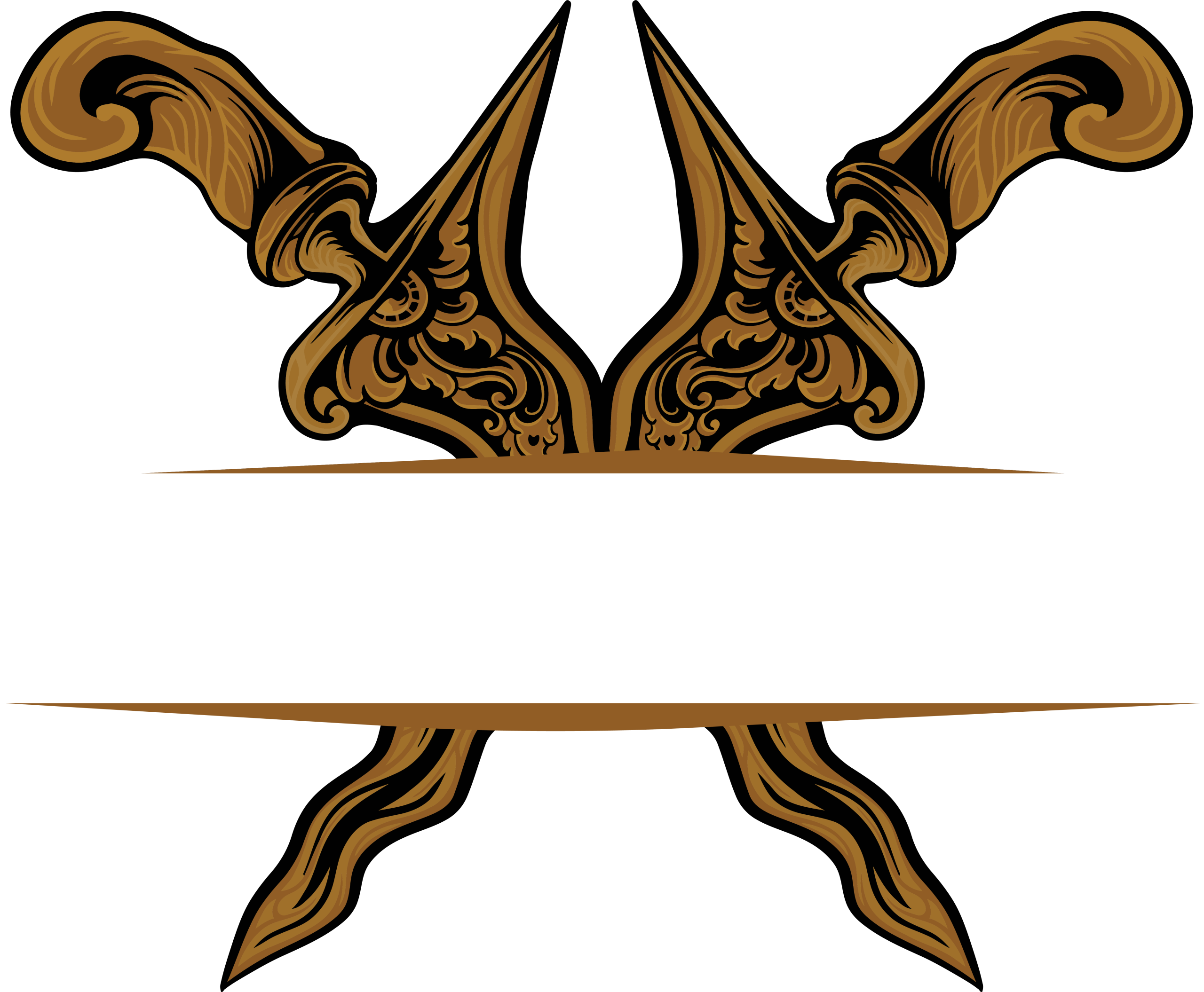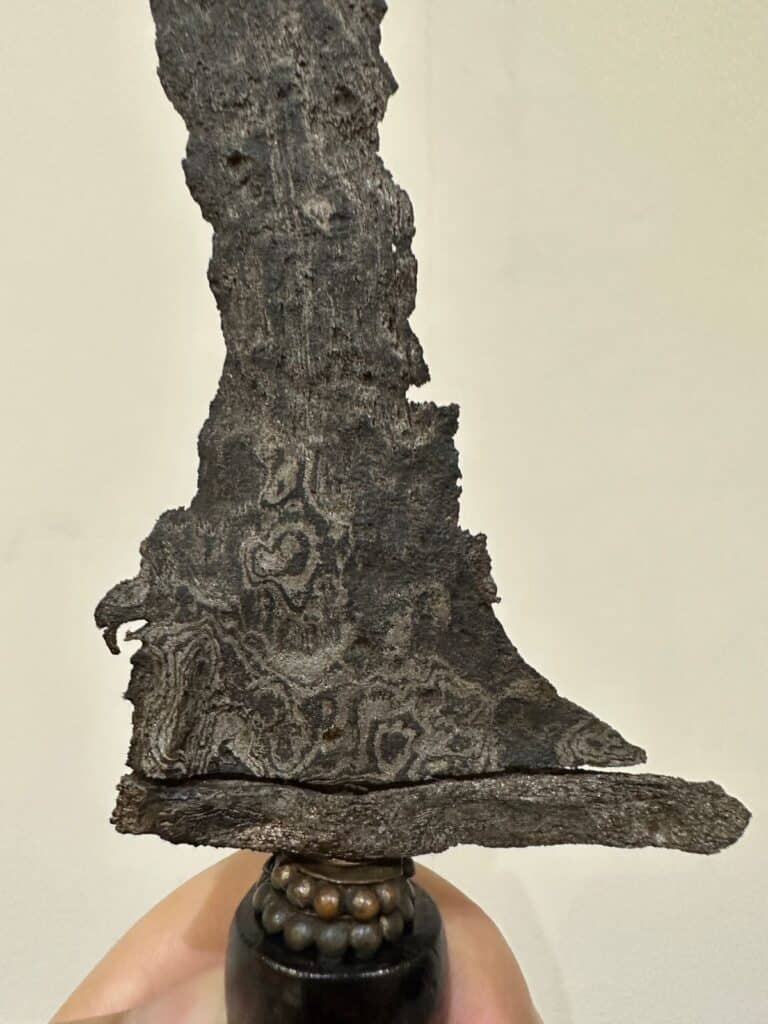Mystical and Spiritual Power of the Keris
The Keris is a traditional Indonesian blade carried by warriors and nobility alike. However, it is much more than a simple weapon; the Keris holds a mystical and spiritual power which must be carefully respected to ensure harmony.
Protecting the home, leaping to the defence of its master, curing ills and producing water; the Keris is capable of some truly magical feats. Here’s a closer look at its power and what it can do.
Inherent Magical Qualities
The Keris is a formidable weapon, and many aspects such as the wavy curves were designed to create maximum injuries when used in combat. However, it’s the magical qualities of the Keris which sets it apart.
When each Keris is made, certain rituals must be followed during the preparation. Only special blade smiths known as empu can create Keris, and the painstaking process can take several years to complete. During this time, the Keris takes on an energy of its own, housing an ancient spiritual power which is called upon by the empu creating the blade.
For this reason, not every Keris is suitable for every person. A Keris may bring good or bad luck but this depends on whether it’s compatible with the one who’s chosen it.
Once paired, only the owner should ever lift the Keris and it must be treated with respect at all times. If a person mistreats their Keris, the guardian spirit will leave and return to the spirit world, leaving the Keris without its essential power.
On the first Javanese year after taking ownership of the Keris, it must be given special offering of incense, rice and flowers to retain the spirit and hold onto its supernatural abilities.
The Keris should also be cleansed during the holy month of Suro. The process of sacred cleansing requires lime or lemon juice, a mild detergent or sour coconut juice, water, a brush, a container and arsenic (either raw orange arsenic or arsenic trioxide). The three stage ritual involves Mutih, Marangi and Anjamasi: cleaning, etching and protecting.
The Empu
As mentioned above, the empu plays an important role in the creation of the Keris. The more powerful the Keris, the more skilled the empu must be to be able to harness the energy of the spirit or jinn, as they are also known.
The intended master of the Keris will tell the empu what they want from the blade, and the intent of the empu will determine the type of spirit which inhabits the Keris. An empu may have to work hard on rituals for some time to ensure the Keris is good, eradicating all traces of mischief or malignancy.
The empu will also be able to influence the magical powers and strength of the Keris by the pamor that covers the blade. The precise blend of materials used makes a difference; using metals from both the earth and the sky delivers the strongest and most spiritually rich Keris. An planned pamor can imbue the blade with strong energy but an unplanned pamor, known as Pamor Tiban, is considered to be a gift from God and an even more powerful manifestation.
Different types of pamor deliver different qualities, such as Pamor Miring for glory or Pamor Mlumah for tranquility and luck.
The Keris Spirit
Although most Keris find an owner, it’s not the case for every blade. Legend says that some Keris are home to malevolent spirits and as such, will resist being owned or doing good.
Instead, these Keris deliberately seek out victims and enjoy doing harm. They are said to fly around independently, able to avoid detection by a variety of sly means. There is one particular Keris which is displayed in a museum that is said to be able to unsheathe itself, murder an innocent victim and wipe itself clean again before returning to its display case by the morning.
But not all Keris contain bloodthirsty spirits who demand a sacrifice; some are willing to protect and guard their owners. There are many tales of the spirit within the Keris taking independent action to defend its master. This includes stories of a Keris flinging itself at an enemy without the owner lifting a finger, hovering in the air and quivering violently to warn the owner of impending danger.
The spirit will only permit the owner to unsheathe the Keris, and even then, a certain ritual should always be followed. The sheath should be held in the left hand with the palm underneath, and the sheath pointing upwards. The hilt should be held by the right hand, with the thumb pressed against the mouth of the sheath, applying pressure to remove the blade.
If the Keris feels stiff or unyielding within the sheath, it should be left and not forced. Once the blade is successfully unsheathed, the owner should gently lift it to slowly touch the forehead. This movement is a sign of respect to the spirit housed within the Keris. There are other Keris in different regions of Asia, and they may have different rituals when unsheathing the blade.
Magical Powers of the Keris
As we’ve already seen, there are many beliefs around the spirit that lives within the Keris and what’s required to preserve its supernatural goodwill.
Flying through the air, attacking enemies and warning of danger are just some of the magical qualities that the Keris is said to possess.
Attacking foes in the conventional sense is not the only way a Keris can protect its owner. Close combat can be dangerous even with the best of blades, so the Keris offers ways to achieve the same result from afar. Driving the blade into the footprints of someone is said to make them drop dead. You can also kill them simply by pointing the Keris in their direction.
The powers of the Keris are almost endless but different blades hold different abilities, and this is reflected in the use. A regular Keris is typically hung in a house to provide protection and doesn’t require any magic to produce the best effects. Others are more complex and are best restricted to experienced magicians who can use the spiritual power to enhance their rituals.







